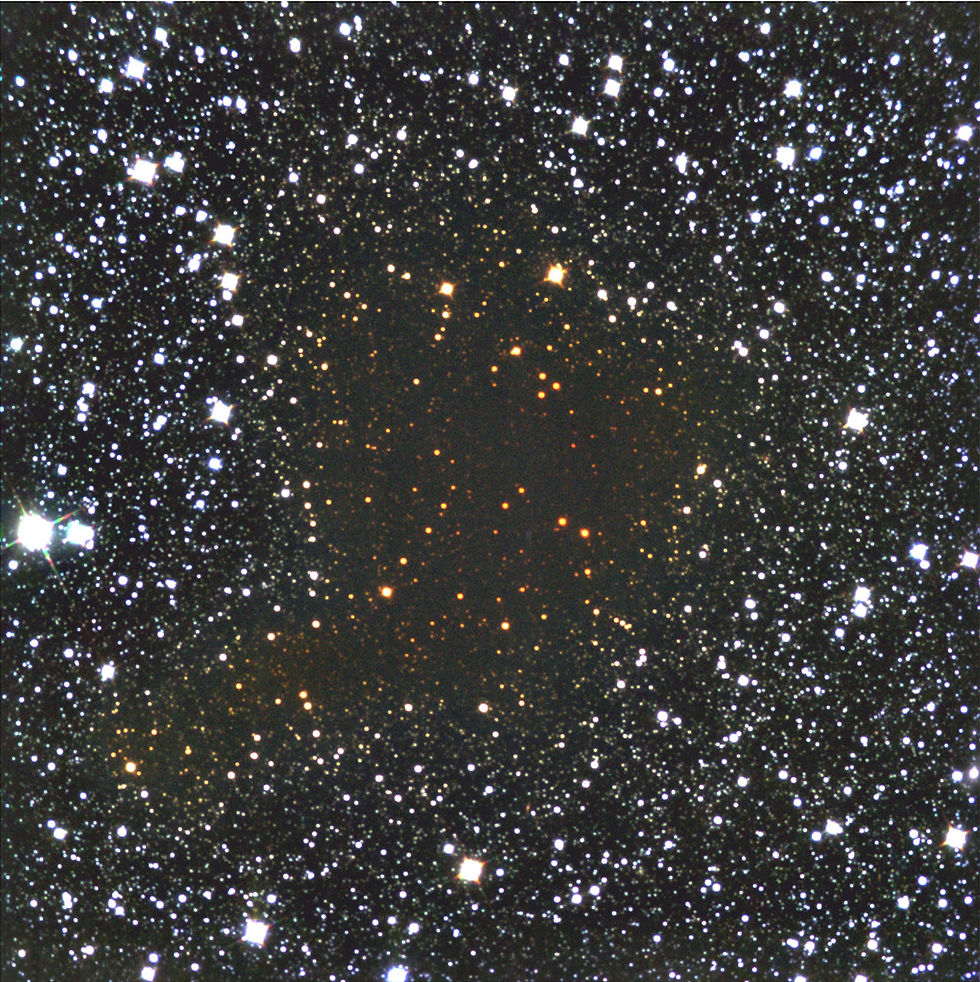Make sure to aVOID this misinformation
- Celestial Cat

- Aug 5, 2019
- 2 min read
Updated: Oct 29, 2019
The image of B68 that appears here is by all means amazing. Though, it is largely circulated as an empty void in space. It is a particularly popular image to be associated with the Boötes void. All it takes is a google image search for the term ‘Boötes void’ to see a flood of this image consume the computer screen (bonus points if it has an arrow pointing at it). However, appearance can be deceiving as this is only a molecular cloud that swallows the light of the background stars. In fact, another image taken in infrared can see right through the cloud.
Not only that, but the nebulous cloud with three times the mass of our sun will eventually collapse to form new stars. The term nebula was coined to describe fuzzy objects in the sky which, these days, is a good name for anything that is not a star or galaxy. Gaseous, atomic debris can scatter from the stars from which they were born. Sometimes it can be lit by neighboring stars to produce some of the more visually appealing sights of the universe. Other times, there is no light available through which the nebula can communicate it beauty. In such examples, as is the case with B68, the nebula can only show itself through its dark veil in the sky.
It’s fittingly classified as an absorption nebula but its official name is Barnard 68. It was cataloged among a list of dark nebula by US astronomer Edward Emerson Barnard in 1919. B68 sits 500 light-years away in the southern constellation Ophiuchus and stretches a half a light-year across. The same constellation hosts the snake nebula which produces the same effect in a snake-like shape. For some reason, this image is not as commonly pushed as a snake-shaped void.








Comments